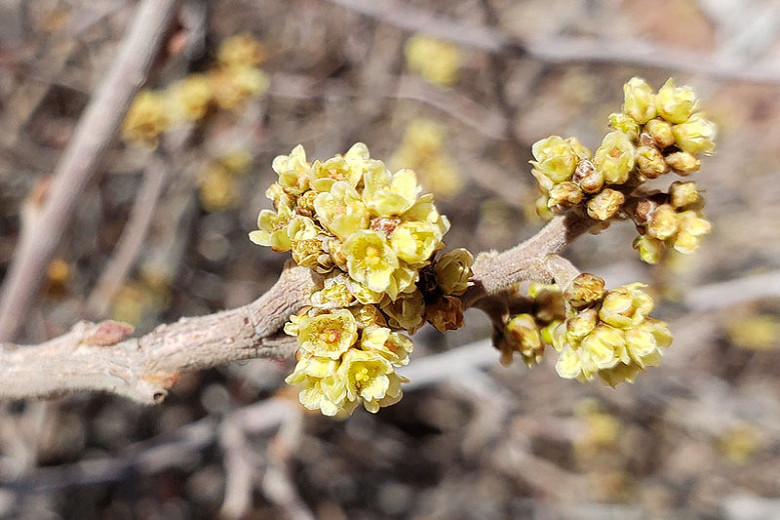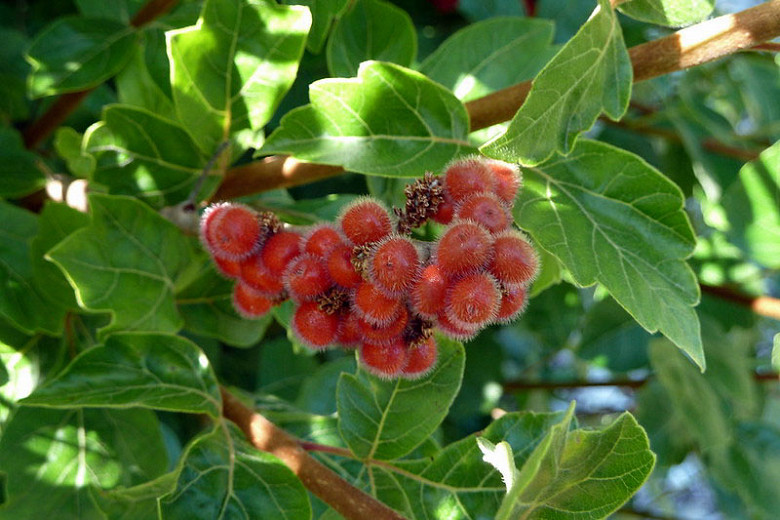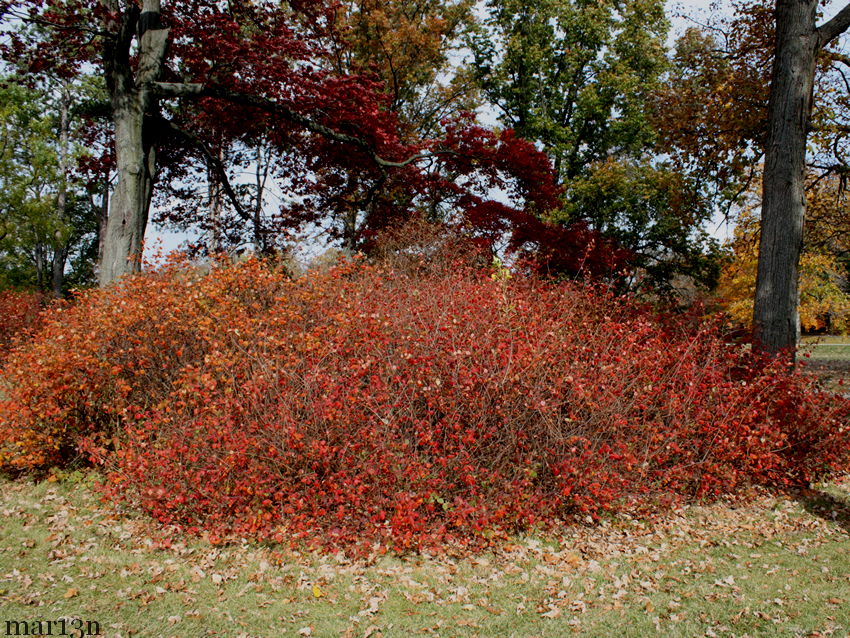Fragrant Sumac: The Sweetsmelling Shrub That's Perfect For Your Garden
Fragrant sumac (Rhus aromatica) is a North American native shrub that is known for its sweetly scented foliage. It is a relatively easy-care plant that can tolerate a wide range of conditions, making it a good choice for many gardeners.
Fragrant sumac typically grows 3-6 feet tall and wide, with a spreading, upright habit. The leaves are compound, with 7-11 leaflets that are oval to lance-shaped and have a serrated edge. The leaves are green in summer and turn a brilliant red in fall.
The flowers of fragrant sumac are small and greenish-white, and are borne in clusters in late spring or early summer. The fruit is a small, round, red drupe that ripens in late summer or early fall.
The most distinguishing characteristic of fragrant sumac is its sweet scent. The leaves and stems of the plant have a lemony-citrus aroma that is especially noticeable when the leaves are crushed. This scent is said to be reminiscent of lemon verbena, and can be used to make potpourri or insect repellent.
Fragrant sumac is a low-maintenance plant that is relatively drought-tolerant and can withstand full sun to partial shade. It prefers well-drained soil, but can tolerate a wide range of soil conditions. The plant is not susceptible to any serious pests or diseases.
Fragrant sumac is a versatile plant that can be used in a variety of ways in the garden. It can be grown as a standalone specimen, in a shrub border, or as part of a mixed native plant garden. The plant can also be used as a hedge or screen, or to add interest to a slope or bank.
If you are looking for a sweetly scented, low-maintenance shrub for your garden, fragrant sumac is a great option. This hardy plant is sure to add beauty and fragrance to your landscape for years to come.
[Main Content]
Here are some additional information about fragrant sumac:
- Propagation: Fragrant sumac can be propagated by seed, cuttings, or layering. Seed germination can be improved by scarifying the seed coat. Cuttings should be taken from new growth in early summer and rooted in a well-drained potting mix. Layering can be done by bending a stem down to the ground and covering it with soil. The stem will eventually root and form a new plant.
- Pests and diseases: Fragrant sumac is not susceptible to any serious pests or diseases. However, it may be susceptible to powdery mildew in humid climates. If powdery mildew occurs, it can be treated with a fungicide.
- Harvesting: The leaves and stems of fragrant sumac can be harvested year-round. The leaves are best harvested in the spring or fall, when they are most fragrant. The stems can be harvested in the summer or fall, when the fruit is ripe.
- Uses: Fragrant sumac can be used in a variety of ways. The leaves and stems can be used to make potpourri, insect repellent, or tea. The fruit can be eaten fresh or cooked. The plant can also be used as a dye.
[Conclusion]
Fragrant sumac is a beautiful and versatile plant that is sure to add value to any garden. This hardy shrub is easy to care for and can tolerate a wide range of conditions. If you are looking for a sweetly scented plant that is perfect for adding interest to your landscape, fragrant sumac is a great choice.
Fragrant sumac is a beautiful and versatile shrub that can add a touch of fall color and aroma to any garden. It is native to North America and can be found growing in a variety of habitats, from woodlands to meadows. Fragrant sumac is known for its glossy, trifoliate leaves that turn a brilliant orange, red, and purple in the fall. It also produces small clusters of hairy, red berries that are attractive to wildlife.
If you are interested in learning more about fragrant sumac, I recommend visiting Garden Wiki. This website provides detailed information about the plant's history, habitat, and cultivation. You can also find photos of fragrant sumac in its various stages of growth, as well as information about its medicinal and culinary uses.
FAQ of fragrant sumac
1. What is fragrant sumac?
Fragrant sumac (Rhus aromatica) is a deciduous shrub or small tree native to North America. It is known for its fragrant leaves, which can be used to make a refreshing drink or a flavoring agent. The plant also has a number of medicinal properties, including astringent, antibacterial, and antifungal effects.
2. How do you identify fragrant sumac?
Fragrant sumac can be identified by its upright growth habit, compound leaves with 7-11 leaflets, and clusters of small, pink flowers. The leaves are the most distinctive feature of the plant, as they have a lemony or lime-like fragrance when crushed.
3. How do you use fragrant sumac?
Fragrant sumac leaves can be used to make a refreshing drink by steeping them in hot water. The drink has a tart, lemony flavor and can be sweetened with honey or sugar. The leaves can also be used to make a flavoring agent for lemonade, iced tea, or other beverages. In addition, fragrant sumac leaves can be used to make a medicinal tea by steeping them in hot water for 10-15 minutes. The tea can be used to treat a variety of ailments, including diarrhea, sore throat, and mouth ulcers.
4. Is fragrant sumac safe to eat?
Yes, fragrant sumac is safe to eat. However, it is important to note that the plant contains urushiol, a chemical that can cause allergic reactions in some people. If you are allergic to poison ivy, oak, or sumac, you should avoid contact with fragrant sumac.
5. Where can I find fragrant sumac?
Fragrant sumac is native to North America and can be found growing in a variety of habitats, including forests, fields, and roadsides. The plant is also commonly cultivated in gardens and parks.
Image of fragrant sumac
5 different images of fragrant sumac from Pinterest:





Post a Comment for "Fragrant Sumac: The Sweetsmelling Shrub That's Perfect For Your Garden"